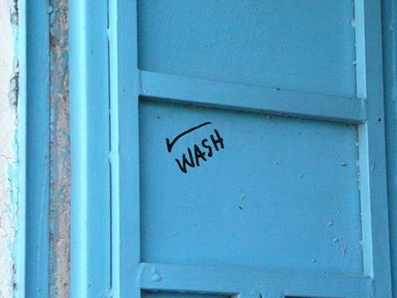3.3 WASH Implementation Framework
The WASH Implementation Framework (WIF) is a guiding document for all WASH programmes across the country and one of the key documents associated with the OWNP.
The need for a comprehensive implementation framework was justified by practical lessons learned in the past where the lack of integration did not bring good results or achieve targets. As has been noted in Study Session 1, collaboration among relevant sectors was weak. In fact, there had been some attempts to bring the sectors on board and work together, but these were usually unsuccessful. For example, some committees had been created, but with informal terms of reference which resulted in them only functioning temporarily. The absence of established mechanisms to bind them legally through clear mandates, roles, responsibilities and accountabilities remained a big obstacle to success. Taking these practical lessons into consideration, the WASH Implementation Framework was formulated and signed among the four WASH ministries on 9 August 2011 in Addis Ababa.
By that time, it had been recognised for a few years that there needed to be a thorough and detailed assessment of the current status of WASH in Ethiopia in order to measure the attainment of the intended improvements. Whether these were the challenging targets of the Universal Access Plan (98.5% of the population with access to safe water and 100% access to sanitation), or the Millennium Development Goal of halving the number without access, all cases would need baseline data for comparison. (Baseline data means information collected at the start of a project which provides a basis for comparison with later changes.) This need was met by preparing the National WASH Inventory (NWI). The NWI is an integrated record of water supply, sanitation and hygiene service coverage data, first published in 2011 and created in response to the need for reliable national WASH data. Data collection had started in 2008 and included questions about distance from a water source, the type of latrine available, and so on. Households and commercial premises in rural and urban settings were systematically surveyed by teams of trained enumerators (researchers) (Figure 3.2).

The 2011 NWI data established that, at that time, the baseline was only 52.1% and 63% access to water supply and sanitation respectively. The difference between this and the targets was huge and obviously demanded effective mechanisms to change the situation. As part of its function to describe those mechanisms, the WIF defined the roles and responsibilities of the four signatory ministries, broadly summarised as:
- Ministry of Water, Irrigation and Energy: water supply and water testing
- Ministry of Health: sanitation, hygiene, water quality monitoring and WASH in health institutions
- Ministry of Education: WASH and health clubs in schools, support to Technical and Vocational Training Colleges and Health Science Colleges
- Ministry of Finance and Economic Development: public financial management, channelling government and donor funds, and financial management and reporting.
3.2 Memorandum of Understanding
